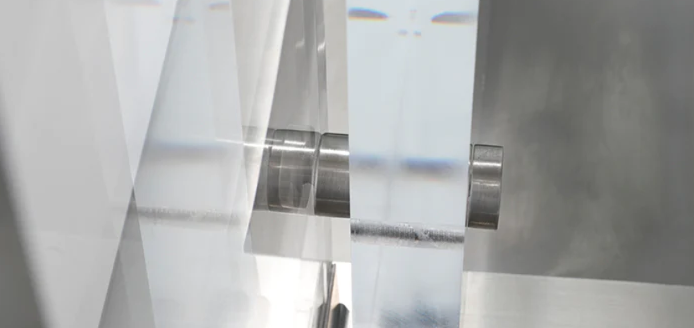Questions? Call Us. *Text Message Terms and Conditions Apply

Cleaning and Repair of Acrylic Bullet Resistant Glass Guidelines
Polishing can partially repair superficial blemishes on the surface of an acrylic sheet. However, the optical properties of the repaired areas are typically not as excellent as the original ones. To avoid overheating, it is crucial to consider the speed and pressure when polishing the sheet. Furthermore, to ensure optimal results, the polishing wheel should be continuously moved concerning the sheet.
If a scratch or gouge on the acrylic sheet is deep enough, it requires removing the damaged surface and repairing the substrate. Unfortunately, the abrasion resistance of the repaired area will be inferior to that of the rest of the sheet.
There is no definitive way to fix scratches on acrylic sheet, as we have not discovered an air-dry coating with excellent abrasion resistance. Nevertheless, the scratches' appearance can be improved by applying an acrylic lacquer, which fills the gouge and restores the gloss. However, the repaired area will not be as abrasion-resistant as the surrounding sheet and will be similar to uncoated sheet.
If you want to repair scratches using one of the lacquer formulations mentioned above, please follow these steps:
- Use compressed air, a brush, or 0000 steel wool to remove any dust or chips from the scratched area.
- Soak a cotton swab, such as a Q-tip, in isopropyl alcohol to remove any oils (from handling) or airborne contamination from the scratch. It's acceptable to use isopropyl rubbing alcohol purchased at a local drug or grocery store, but ensure that the alcohol:
- is based on isopropyl alcohol;
- is water white, i.e., contains no dye;
- contains no perfumes.
- Using a fine artist's brush, apply the lacquer carefully to the scratch(es).
- Once the lacquer has dried, remove any excess by placing scotch tape over it. The excess lacquer will not adhere to the abrasion-resistant coating. When you remove the tape, the lacquer will come off the undamaged area but remain in the scratch.
The following is TABLE IV, which contains formulations for scratch touch-up lacquers expressed in percentage by weight:

